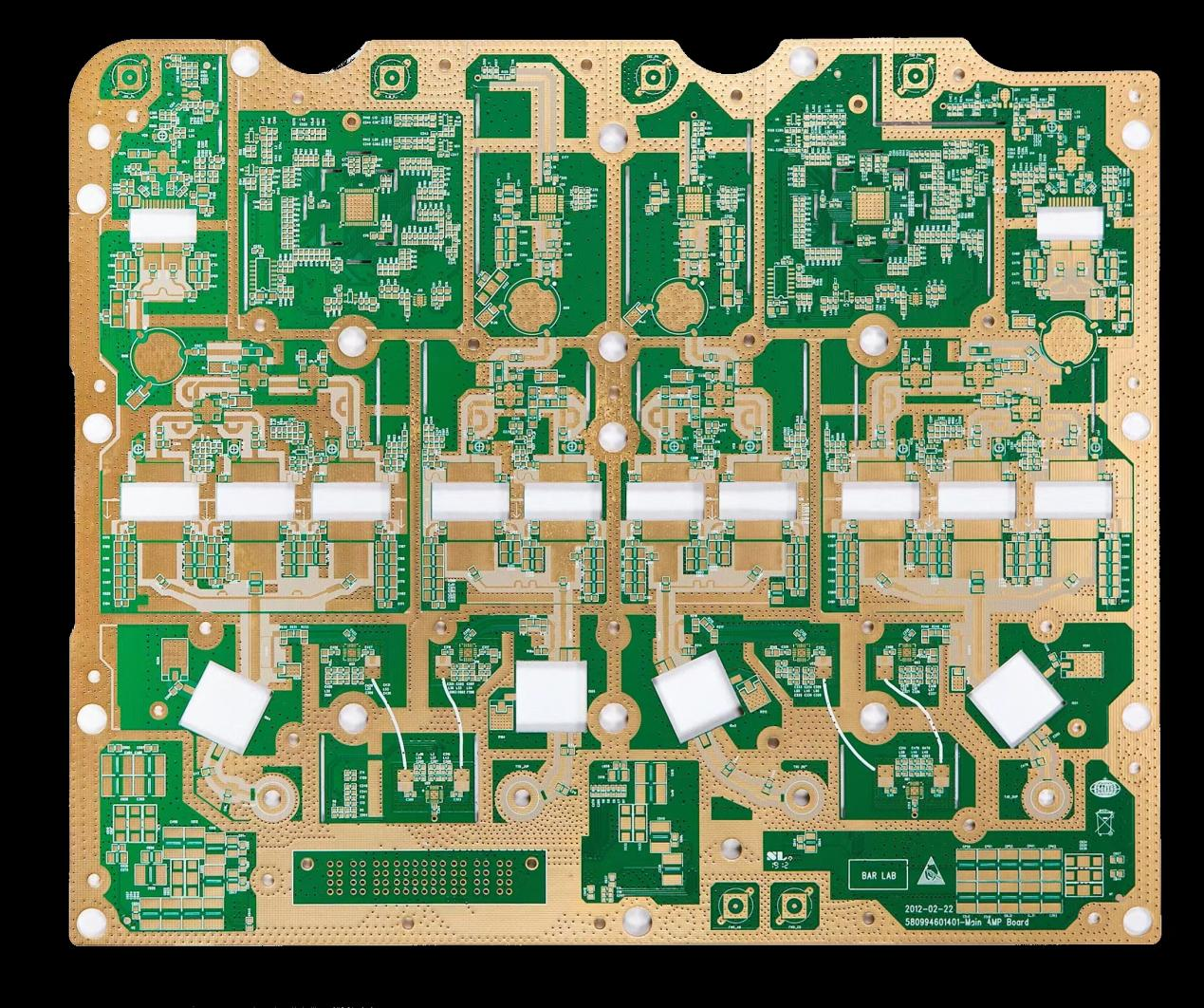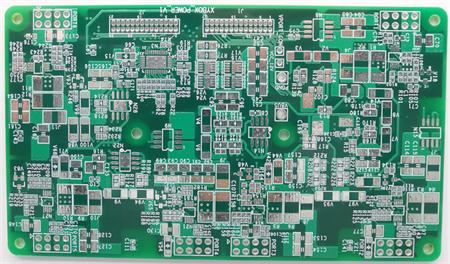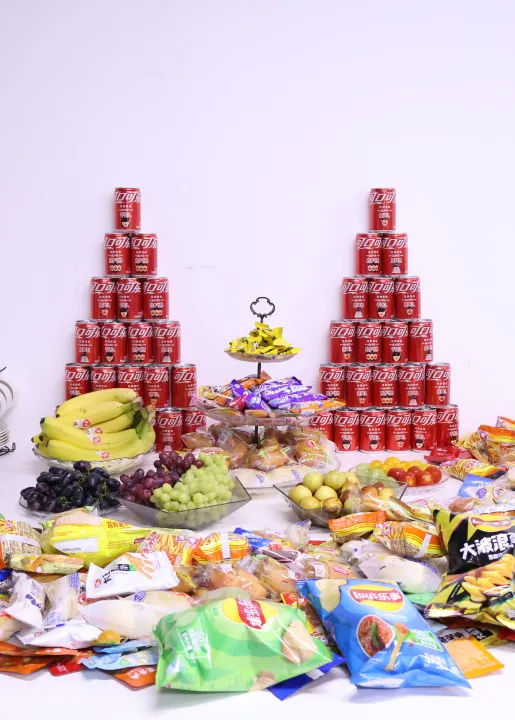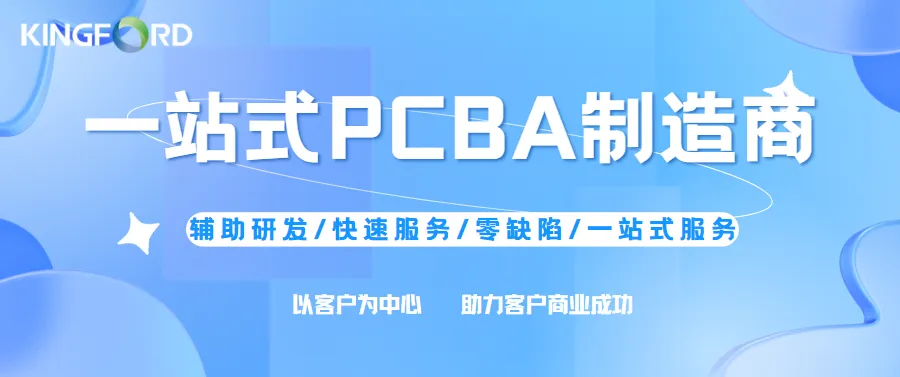
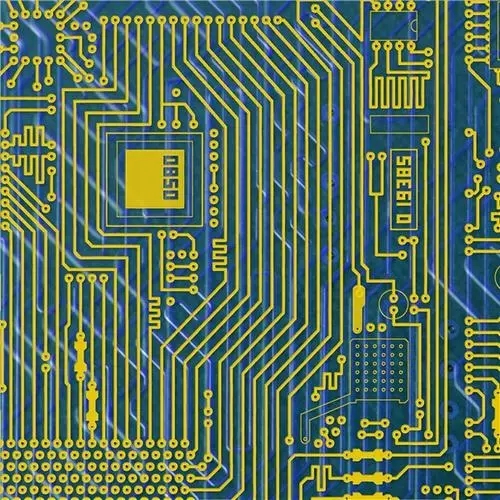
What are the PCBA production equipment
1. Solder paste printing machine
Modern solder paste printing machine is generally composed of plate loading, solder paste adding, embossing, circuit board feeding and other mechanisms. Its working principle is: first, fix the circuit board to be printed on the printing positioning table, then use the left and right scrapers of the printing machine to skip the solder paste or red glue onto the corresponding bonding pad through the steel MESh, and input the PCB with uniform skip to the mounting machine through the transmission table for automatIC mounting.
2. chip mounter
Mounter: also known as "mounting machine", "surface mount system". In the production line, it is configured behind the solder paste printer. It is a device that accurately places surface mounted components on PCB pads by moving the mounting head. It is divided into manual and full automatic.

3. Reflow soldering
There is a heating circuit inside the reflow soldering, which heats the air or nitrogen to a high enough temperature and then blows it to the circuit board with the components attached, so that the solders on both sides of the components are melted and bonded to the motherboard. The advantage of this process is that the temperature is easy to control, oxidation can be avoided in the welding process, and the manufacturing cost is easier to control.
4. AOI detector
The full name of AOI (Automatic Optical Inspection) is automatic optical inspection, which is based on optical principles to detect common defects encountered in welding production. AOI is a new emerging testing technology, but it has developed rapidly. Many manufacturers have introduced AOI testing equipment. During automatic detection, the machine automatically scans the PCB through the CAMera, collects images, compares the tested solder joints with the qualified parameters in the database, checks the defects on the PCB through image processing, and displays/MARKs the defects through the display or automatic marks for repair by maintenance personnel.
5. Component leg cutting machine
It is used to cut and deform the pin components.
6. Wave soldering
Wave soldering is to make the welding surface of the plug-in board directly contact with the high-temperature liquid tin to achieve the purpose of welding. The high-temperature liquid tin maintains a slope, and the liquid tin is formed into waves by special devices, so it is calLED "wave soldering". Its main material is solder rod.
7. Tin furnace
Generally, tin furnace refers to a welding tool used in electronic welding. For discrete component PCB, the welding consistency is good, the operation is convenient, fast, and the work efficiency is high. It is a good helper for your production and processing.
8. Washer
It is used to clean the PCBA board and remove the residues of the board after welding.
9. ICT test fixture
ICT Test mainly refers to * the test probe contacts the test point from PCB layout to detect the open circuit, short circuit and welding of all parts of the PCBA circuit
10. FCT test fixture
FCT (Function Test) refers to a test method that provides a SIMulated running environment (excitation and load) for the UUT (Unit Under Test) to make it work in various design states, so as to obtain parameters of each state to verify the function of the UUT. To put it simply, the UUT is loaded with appropriate excitation to measure whether the output response meets the requirements.
11. Aging test rack
The aging test rack can test PCBA boards in batches, and test the problematic PCBA boards by simulating the user's operation for a long time.
PCBA outsourcing processing refers to that PCBA manufacturers send PCBA orders to other powerful PCBA manufacturers. What are the general requirements for PCBA outsourcing processing?
1、 Bill of Materials
Insert or mount components in strict accordance with the bill of materials, PCB screen printing and outsourcing processing requirements. When materials do not conform to the bill of materials, PCB screen printing, or process requirements, or requirements are ambiguous and cannot be operated, contact our company in time to confirm the correctness of materials and process requirements.
2、 Anti static requirements
1. All components are treated as static sensitive devices.
2. All personnel in contact with components and products shall wear anti-static clothes, anti-static bracelets and anti-static shoes.
3. At the stage of raw materials entering the factory and warehousing, anti-static packaging is adopted for electrostatic sensitive devices.
4. During operation, anti-static worktable shall be used, and components and sEMI-finished products shall be stored in anti-static containers.
5. The welding equipment shall be reliably grounded, and the electric soldering iron shall be anti-static. It shall be tested before use.
6. Semi finished PCB boards are stored and transported in anti-static boxes, and anti-static pearl cotton is used as isolation material.
7. The whole machine without shell shall use anti-static packaging bag.
3、 Stipulation on insertion direction of component appearance identification
1. Polar components are inserted according to polarity.
2. When components (such as high-voltage ceramic capacitors) with silk screen on the side are vertically inserted, the silk screen faces right; When inserting horizontally, the silk screen should face down. When the components (excluding patch resistance) with silk screen on the top are horizontally inserted, the font direction is the same as the silk screen direction of PCB board; When inserting vertically, the upper part of the font shall face right.
3. When the resistance is horizontally and horizontally inserted, the error color ring faces right; The error color ring shall be downward when the horizontal vertical insertion is performed; When the resistance is vertically inserted, the error color ring faces the board.
4、 Welding requirements
1. The pin height of the plug-in element on the welding surface is 1.5~2.0mm. The SMD element shall be flat on the board surface, and the solder joint shall be smooth without burrs and slightly arc-shaped. The solder shall exceed 2/3 of the height of the welding end, but shall not exceed the height of the welding end. Less tin, spherical solder joints or solder covered patches are all bad;
2. Height of solder joint: the height of solder climbing pin shall not be less than 1mm for single panel and 0.5mm for double panel, and tin penetration is required.
3. Solder joint shape: it is conical and covers the entire pad.
4. Solder joint surface: smooth, bright, free of black spots, flux and other impurities, and free of SPInes, pits, pores, exposed copper and other defects.
5. Solder joint strength: fully wetted with the bonding pad and pin, without false soldering and false soldering.
6. Solder joint section: the element shear pin shall not cut the solder part as much as possible, and there shall be no tin crack on the contact surface between the pin and the solder. There are no spikes or barbs at the section.
7. Welding of needle base: the needle base shall be inserted by sticking plates at the bottom, and the position shall be correct and the direction shall be correct. After welding, the floating height of the bottom shall not exceed 0.5mm, and the deflection of the base shall not exceed the screen frame. The rows of needle seats should also be kept neat, and no dislocation or unevenness is allowed
5、 Transportation
To prevent PCBA damage, the following packaging shall be used during transportation:
1. Container: anti-static turnover box.
2. Isolation material: anti-static pearl cotton.
3. Placement spacing: there is a distance of more than 10mm between PCB boards and between PCB boards and boxes.
4. Placement height: there is more than 50mm space from the top of the turnover box to ensure that the turnover boxes are not pressed against the power supply when stacked, especially the power supply with wire.
6、 Plate washing requirements
The board surface shall be clean, with Wuxi beads, component pins and stains. In particular, no dirt left by welding shall be visible at the welding points on the plug-in surface. The following components shall be protected during plate washing: wires, connection terminals, relays, switches, polyester capacitors and other corrosion prone components, and the relays shall not be cleaned with ultrasonic wave.
7、 All components shall not exceed the edge of PCB after installation.
8、 When PCBA passes through the furnace, because the pins of plug-in components are scoured by the tin flow, some plug-in components will tilt after welding, causing the component body to exceed the screen frame. Therefore, the repair welding personnel behind the tin furnace are required to correct it appropriately.
然后
聯系
電話熱線
13410863085Q Q

微信

- 郵箱




